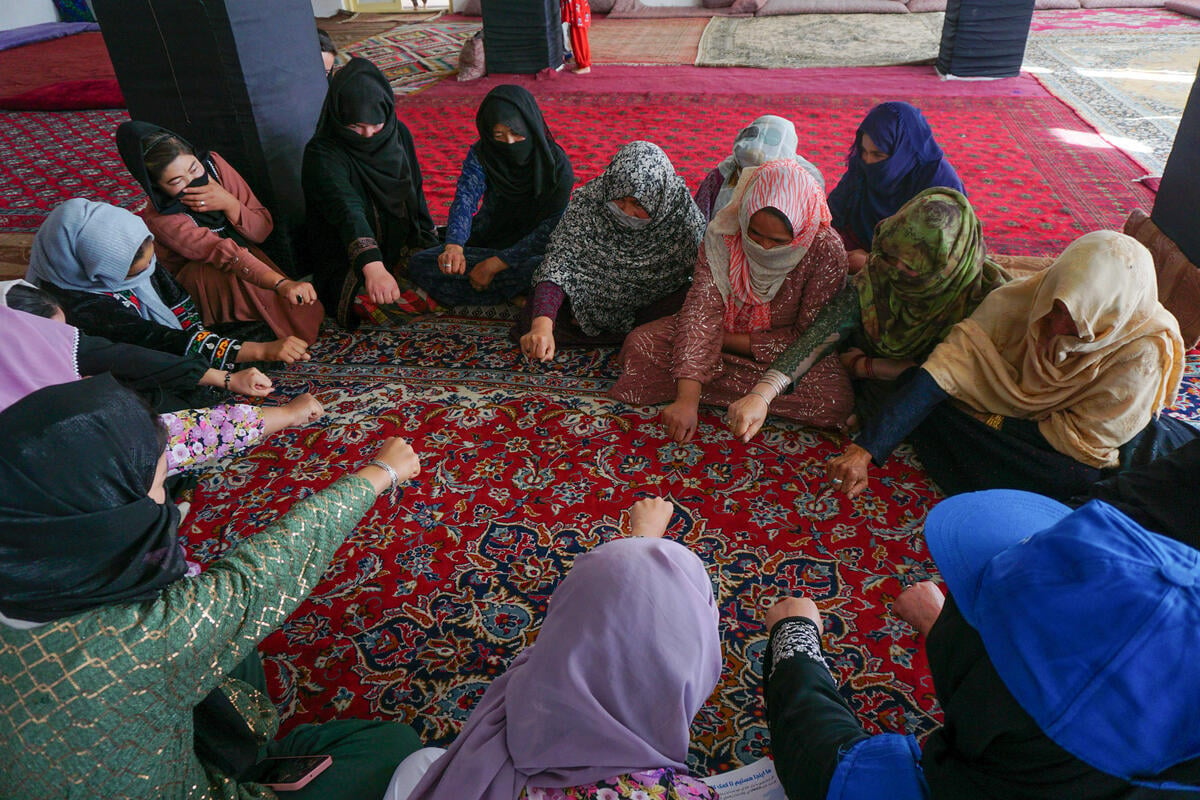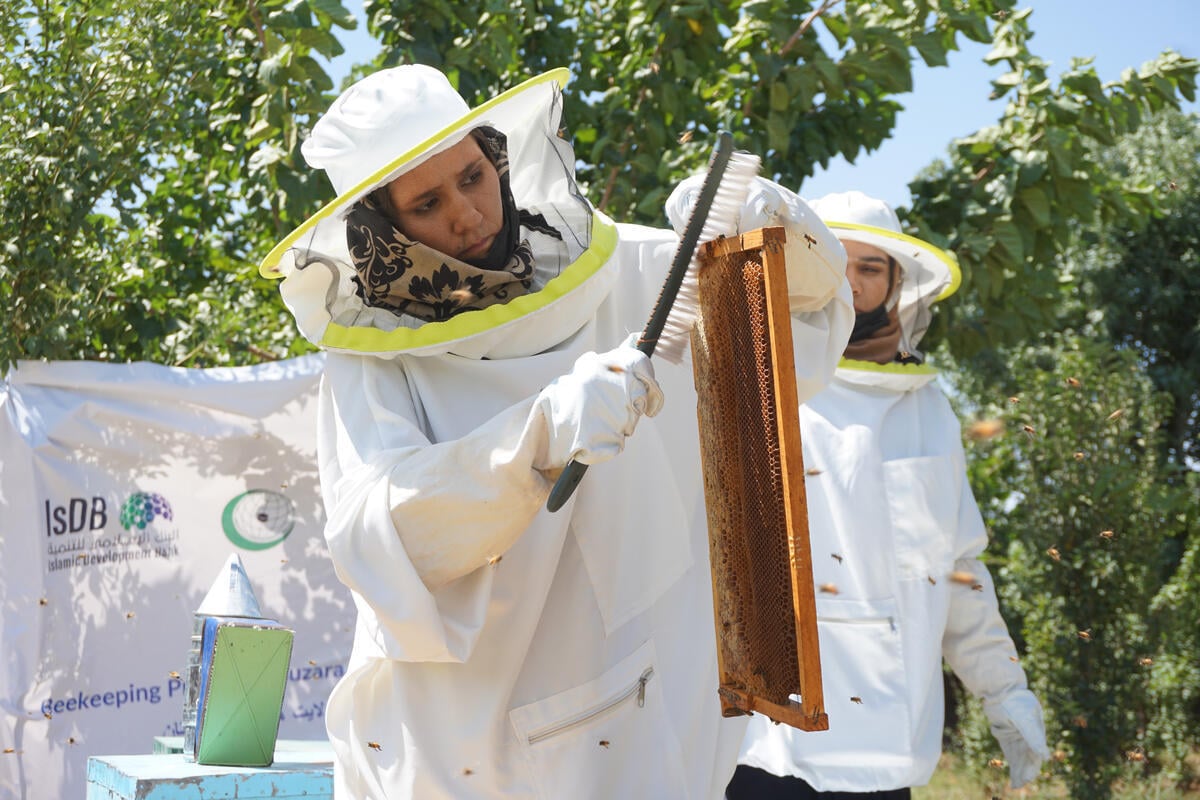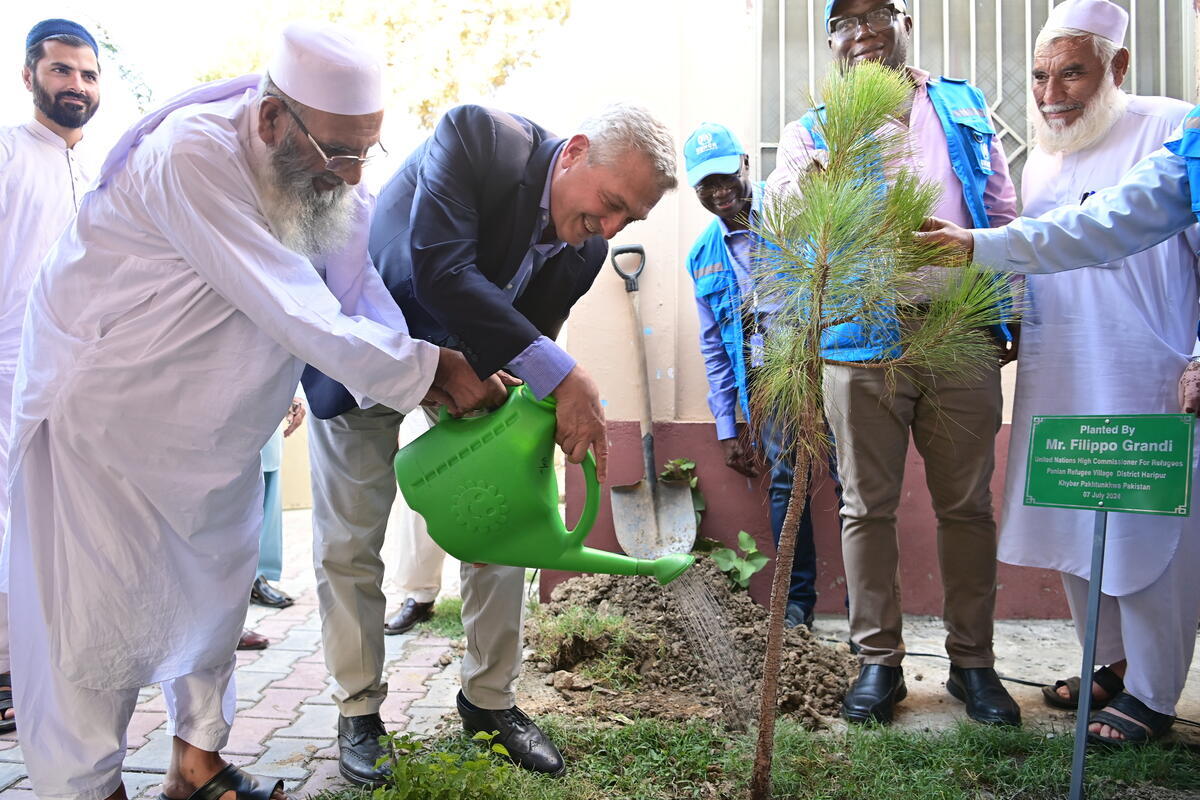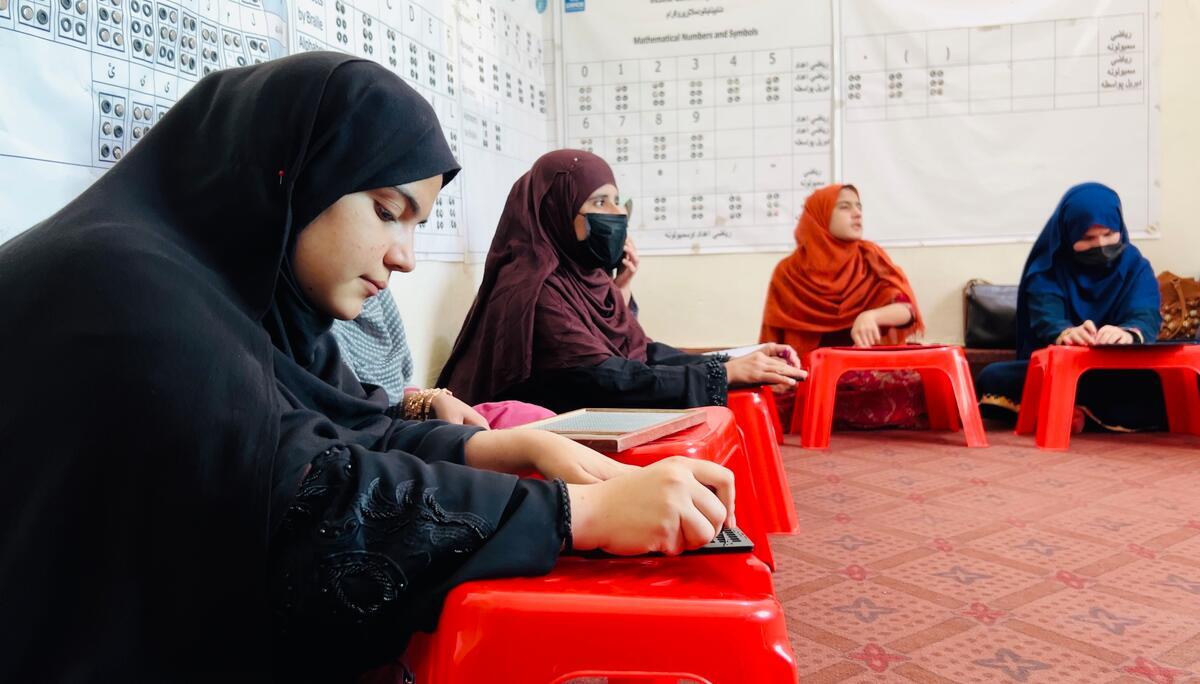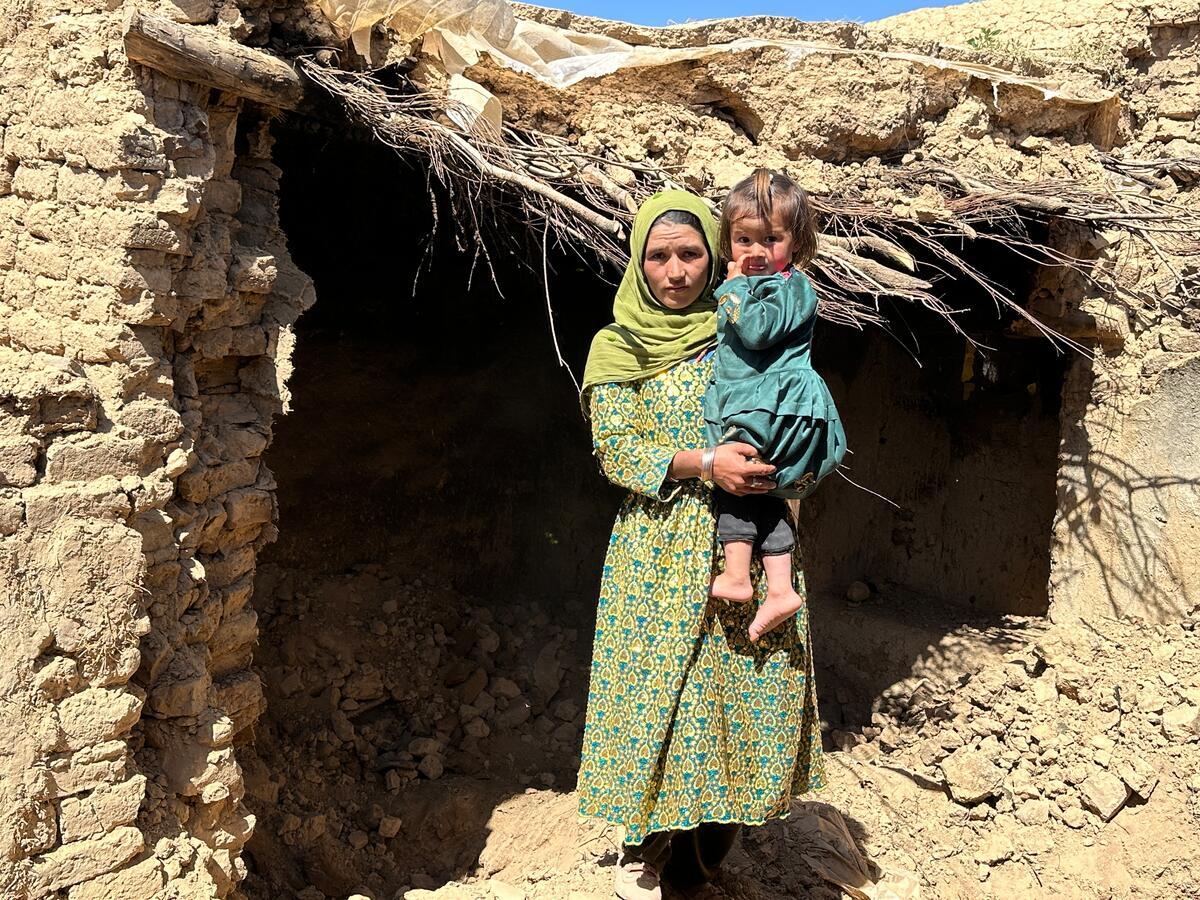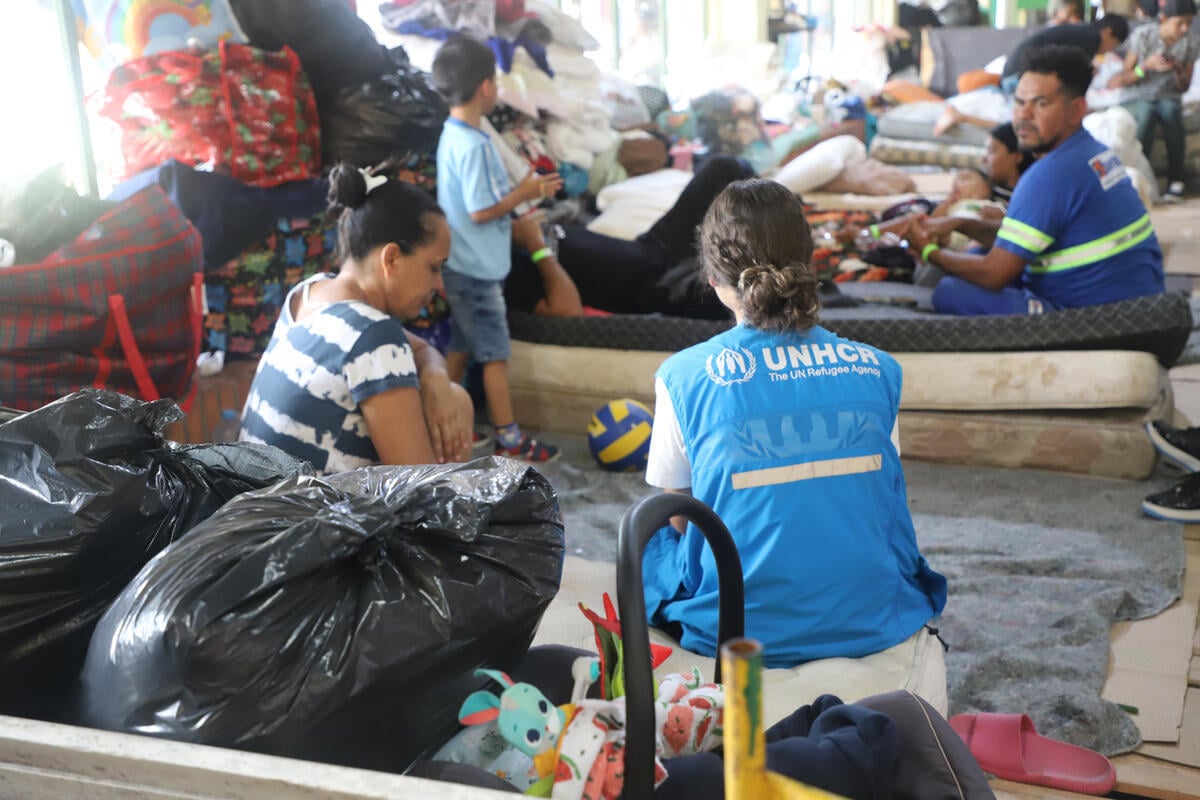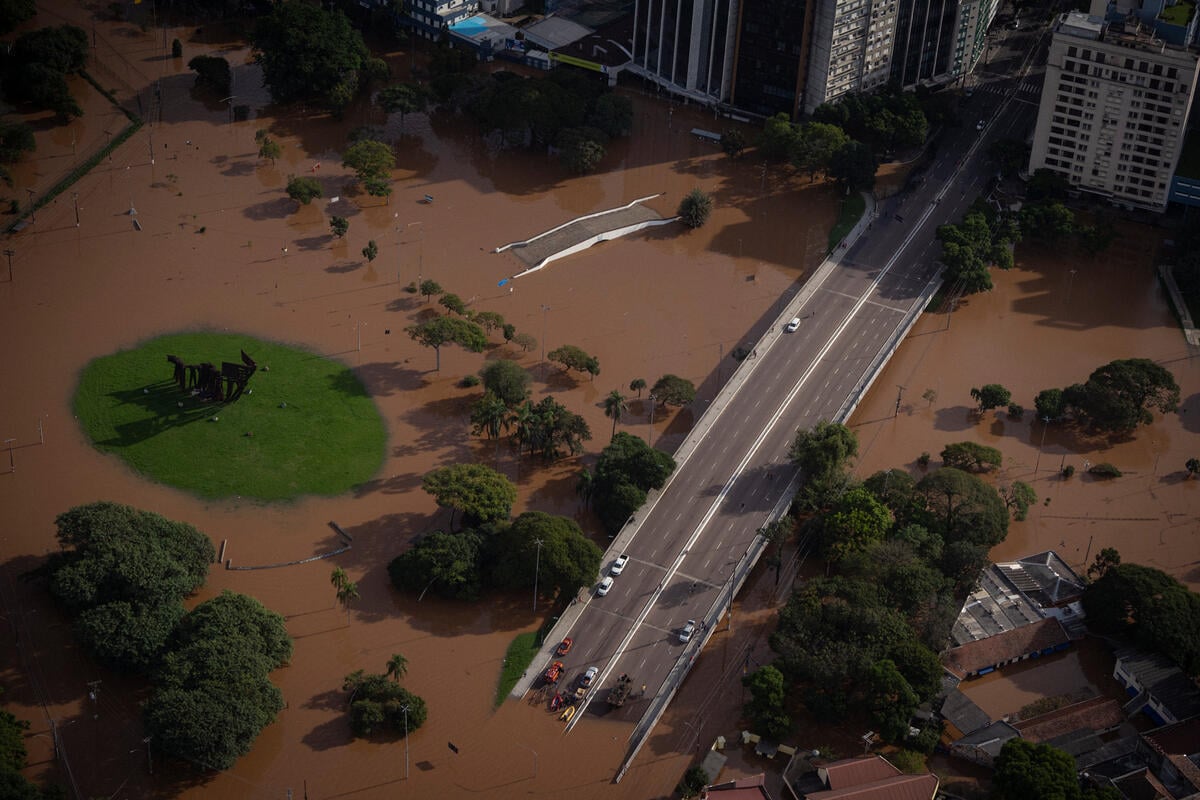Feature: Saving private ruins in Istalif, Afghanistan
Feature: Saving private ruins in Istalif, Afghanistan

ISTALIF, Afghanistan (UNHCR) - Among all the destroyed villages in Afghanistan, there is one that shows the mad fury of the Taliban regime. Istalif, a small village in the heart of the Shomali Plain, has gone from being the country's royal retreat to a place of rubble and ruin.
The village, located 40 km north of the Afghan capital, Kabul, was once surrounded by lush orchards growing grapes, roses and wheat. Considered by many to be Afghanistan's breadbasket, it was home to a bazaar with thousands of merchants. Timuride emperor Babur extolled its virtues, writing about its beauty and the colours, while Zahir Shah, the last king of Afghanistan, used it as a vacation spot.
But all signs of life were systematically erased in Istalif between 1998 and 2002. Under Taliban rule, houses were burnt down, trees cut, water contaminated, livestock killed and thousands of people driven out of their homes. Some were able to reach Pakistan, others went north to Panshir, yet others fled to Kabul where, together with many others, they found shelter in a former Soviet compound. For all of them, Istalif represents a place of memory, a dead place where no one would be able to go back and live. The enchanted garden became a ghost town.
Today, Istalif, rich in culture and tradition, is rising from its ruins to emerge again as a symbol of Afghanistan's rebirth. Its inhabitants, like many other villagers in the war-torn country, are coming back and rebuilding their devastated homes with their bare hands.
Thankfully, the people of Istalif are good with their hands. After all, the village is famous for its ancient schools of ceramics, which produced plates, trays and water pitchers for local markets. Foreign merchants from other Central Asian countries used to buy them in large quantities too.
Mohammed Khan, the oldest potter in the village, is back with his four sons. Within two months, his sons were able to rebuild their house using a shelter kit provided by the UN refugee agency. First they built the walls, then UNHCR, through its NGO (non-governmental organisation) implementing partner, gave them windows, doors, beams and tools, as well as $50 when the house was completed.
One of Mohammed's first priorities was to fix the oven so that the family could restart their old profession. For now, they sell few pieces of pottery, but everyone who passes through here - including humanitarian workers and journalists - is quite happy to buy a piece of turquoise ceramic and to help Mohammed and his family.
One year after the fall of the Taliban regime, Afghanistan is trying, through much hardship, to leave its violent past behind and start a new chapter in its history. Many people are returning because they believe in the new Afghanistan. Since March, more than 1.7 million Afghans have gone home under the voluntary repatriation programme jointly organised by UNHCR and the Afghanistan Transitional Authority.
The enthusiastic returns have given strength to President Hamid Karzai's government, but they have also raised questions about the country's absorption capacity. Based on an assessment led by UNHCR and the Afghan Ministry of Repatriation in all the provinces, it seems clear that the returnees will face a harsh and difficult first winter. About 550,000 of them will be at risk.
In spite of the difficulties, the Afghans are less alone today than they were a few years ago, when the world was indifferent to their suffering and when no one was willing to invest money to solve the protracted crisis.
With the current humanitarian effort, the international community needs to go further and offer returnees the possibility of rebuilding their lives in their home villages. It is necessary to clear the fields of landmines, repair roads, rehabilitate schools, provide electricity and drinkable water, construct hospitals and create jobs.
The international community has to keep focusing on Afghanistan, to write about it and to invest resources in it. It must help the good earth of Istalif to flourish with fruits and wheat again, and guide the sturdy hands of Afghanistan's Mohammeds to shape the country's future.
By Laura Boldrini
UNHCR Rome

